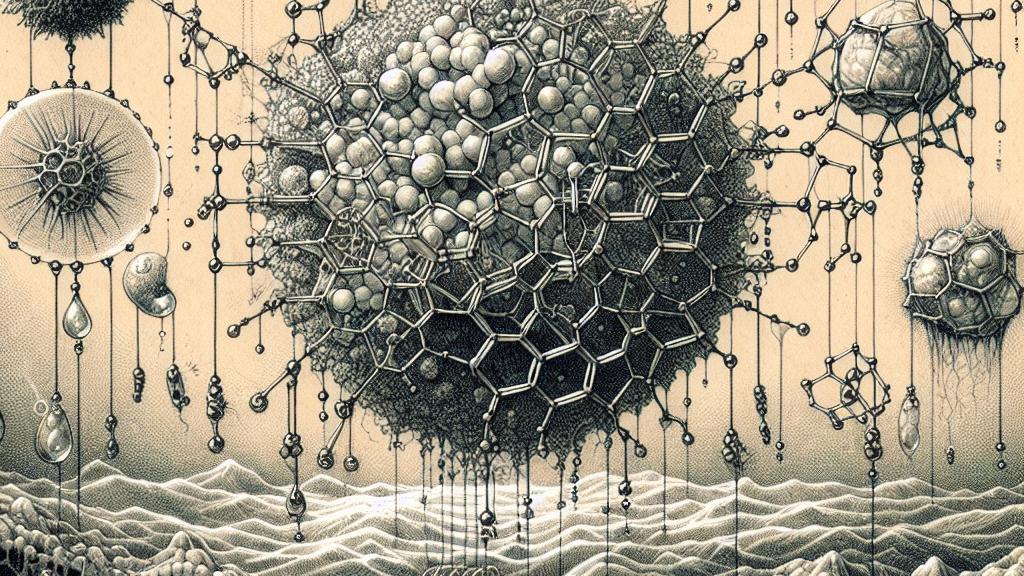Understanding How Molecular Networks Form and Function
Overview
- Molecular networks are pivotal for biological functions, intricately connecting various cellular activities.
- The concept of interface flexibility dramatically influences the stability and development of these networks.
- Research on molecular networks holds immense potential for groundbreaking therapies to combat complex diseases.

The Importance of Molecular Networks
In the fascinating field of molecular biology, researchers at the prestigious Ecole Polytechnique Federale de Lausanne in Switzerland have made groundbreaking discoveries about molecular networks. These structures are not merely collections of strong chemical bonds; rather, they arise from a symphony of weaker yet dynamic interactions. Consider how our own cells rely on protein networks to wrap essential nutrients in protective bubbles or thwart harmful invaders like HIV. Just as a spider weaves a delicate yet sturdy web, these molecular networks are vital to maintaining life, ensuring that everything from nutrient absorption to immune defenses functions smoothly.
Exploring Interface Flexibility
One of the most significant findings from this research is the idea of 'interface flexibility.' This concept reveals that the points of connection between molecules require a specific degree of rigidity to facilitate reliable bonding and network stability. In layman's terms, think about this as the difference between a firm handshake and a weak one: the former builds trust and connection, while the latter may leave one party feeling unsure. The scientists discovered that shorter, more rigid DNA strands excel at forming organized hexagonal networks—like strong pillars supporting a majestic structure—while longer and more flexible arms often struggled to stay connected. This insight not only overturns previous assumptions that focused solely on bond strength but also highlights how a stiff interface is essential for solid network formation.
Transformative Potential for Disease Treatments
The implications of this research are not just academic; they could revolutionize how we approach disease treatment. By deftly adjusting the flexibility and rigidity of molecular components, scientists can design networks that either bolster healthy cellular activities or disrupt harmful processes, such as those linked with Alzheimer’s disease and lupus. Imagine this: by tweaking the structures of proteins, we could halt the formation of toxic amyloid plaques in the brain, paving the way for innovative therapeutic strategies. It's not just exciting; it's a paradigm shift in our understanding of disease mechanisms. We stand on the brink of a new era in molecular biology, where even the tiniest components of life promise to lead us toward remarkable advancements in medical science, offering hope for more effective treatments for complex diseases.

Loading...